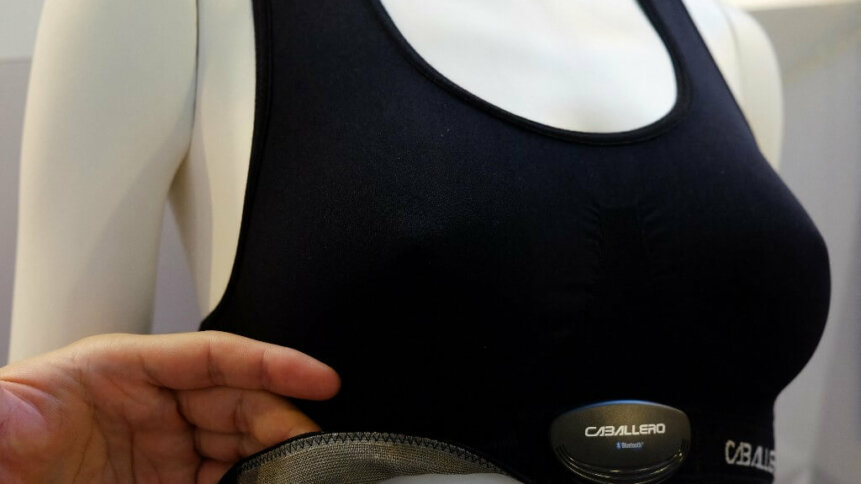
The COVID-19 pandemic caused a sharp uptake of interest in health monitoring, and accelerated health and fitness app development. In addition, advancement in smart technology is coming to the clothing segment, propelling wearables to be multifunctional or have a much better fit for function — making them more user-friendly, appealing to a wider range of people than just techies with a taste for every innovation.
According to the latest forecast from Gartner, the worldwide spending on wearable devices will total US$81.5 billion in 2021, an 18.1% increase from US$69 billion in 2020 and is pegged to grow another 15% in 2022.
Modern wearables are a relatively niche market, and have a ways to go before reaching mass adoption. However, the wearable market has gained a competitive edge in recent years. Both mainstream and specialized players are taking efforts to cater to the growing demand from tech-savvy consumers and those with health and fitness goals.
Entering into this market is smart clothing, and this recent development is fast becoming a revolutionary way to look at wearable technology. According to a new study from researchers at the Rice University Brown School of Engineering’s lab, researchers have developed a new material that is soft and flexible — but as strong as Kevlar and as conductive as many metals.
The material could eventually turn athletic apparel into smart “wearables.” What makes it stand out is that nanotube fibers can be machine-sewn into the fabric just like standard threading. The zigzag stitching pattern additionally allows the material to stretch without breaking.
The fibers that are woven into the fabric can also embed LEDs or antennas. As a result, minor modifications to the fibers’ geometry and associated electronics could eventually allow clothing to monitor vital signs, force exertion, or respiratory rate.
Purdue University engineers have also developed a method to transform existing cloth items into battery-free wearables resistant to laundry. Instead, these smart clothing items are powered wirelessly through a flexible, silk-based coil sewn onto the textile.
Unlike everyday wearables, the Purdue University smart clothes do not require batteries for power. Instead, by harvesting energy from Wi-Fi or radio waves in the environment, the clothing itself can power the circuitry sewn on the textile.
Brooklyn-based startup Nextiles, meanwhile, recently launched its patented “smart fabric” — a machine-washable material sporting built-in circuitry. This National Science Foundation-backed textile company wants to embed its technology into sportswear. “My whole goal was to make your everyday threads a smart factor in your wearables,” said George Sun, Nextiles’ chief executive and a former executive at sportswear designer Puma. “Rather than strapping a computer chip to your body, we can sew these circuitries directly into a sleeve, shirt, and pants.”
Samsung has also spoken about its plans to create a smart shirt with IoT-like health applications, such as to detect early warning signs of lung disease and other illnesses. The shirt measures the frequency and strength of the wearer’s breathing and can be connected to a smartphone, where an app displays data collected by the sensors. Meanwhile, Neviano connected swimsuits detect the strength of ultraviolet light and send warnings to the wearer’s smartphone app.
With smart clothing firmly within the realm of mass adoption over the next few years, wearable technology is not going away — in fact it is a leap into the world of constant connectivity and will more than likely become an everyday facet of our lives. Driven by intelligent design, future clothing might even become smarter with more data stored than humans. Time will tell what options would take the world by storm, but this technology is only at the beginning of its growth curve, with many years of evolution ahead.










